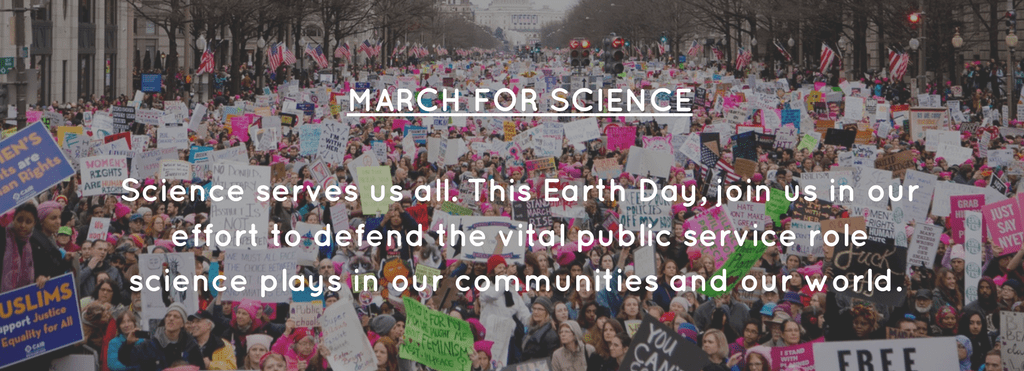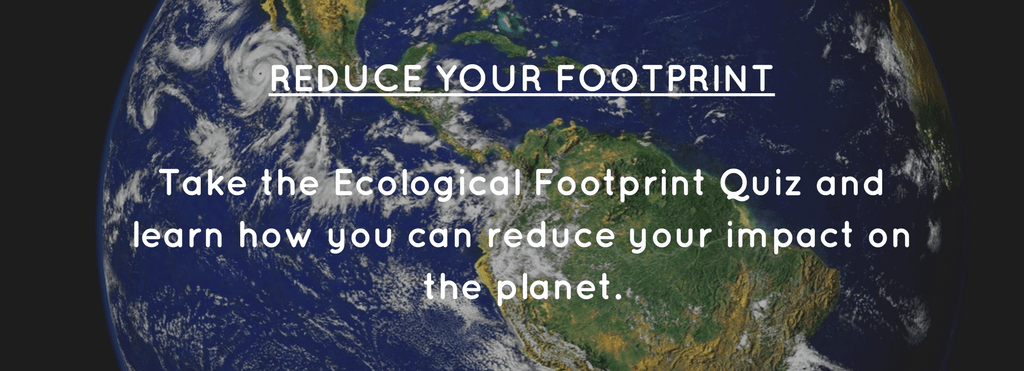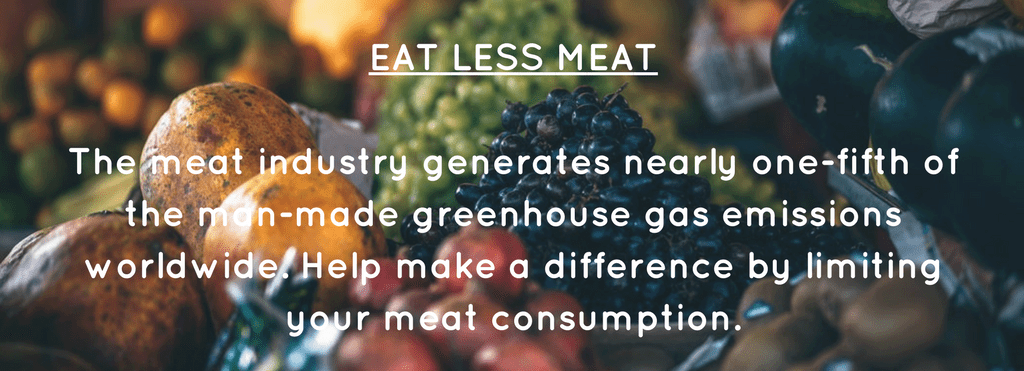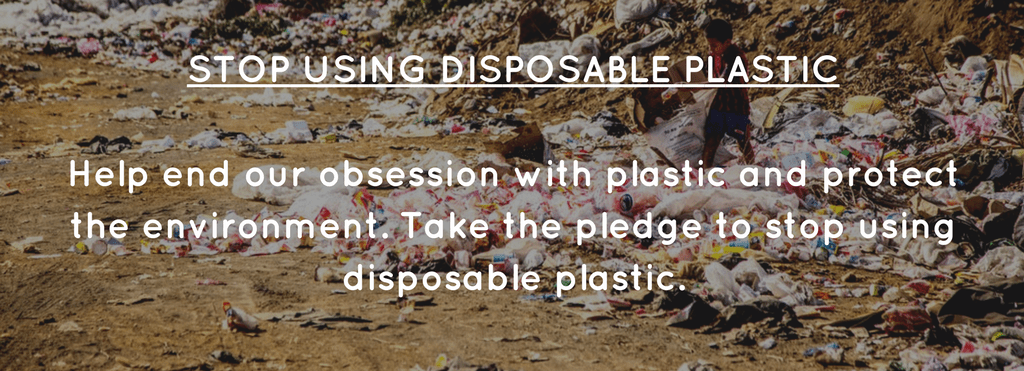A Sustainable Shopper’s Guide to Earth Day 2017
Once a year, a rallying cry goes up that reaches across borders, belief systems and ideologies. It’s Earth Day – the largest secular event in the world, and one of our best chances to get the message out on climate change and ecological damage. The Earth Day Network matches intellectual rigour with a real burning desire to affect change, but it’s the inclusive tone it strikes that has let it swell and boom. According to their website, one billion people now participate in Earth Day events each year.

There are loads of ways to directly participate in the day itself, and we’ll link to all the available resources at the bottom of the page. But Earth Day is about more than just the 22nd of April. As their mission statement sets out, it’s about broadening the movement and extending green practices into everyday life. It’s a time for every person, and every organisation, to consider what they can do for the planet.
Consumption of products is a major environmental issue. An average American household is responsible for 45.9 tons of CO2 equivalent greenhouse gas emissions every year, and 37% of that can be attributed to products and packaging. Everything produced on this planet, from clothing to kitchenware to tools to shoes, has a carbon cost. We are ourselves contributing to greenhouse gas emissions and waste through the things that we host on this site. The purists on this issue (and we do still salute you) could chastise us for getting anywhere near corporations’ deadly and continuous cycle of consumption. Buying things doesn’t necessarily make us happy, and to a great extent, we have been conditioned to purchase things where it simply isn’t necessary. But at the end of the day most of us can’t get by fashioning trousers out of twine and twigs – shopping has a purpose when it’s done responsibly.
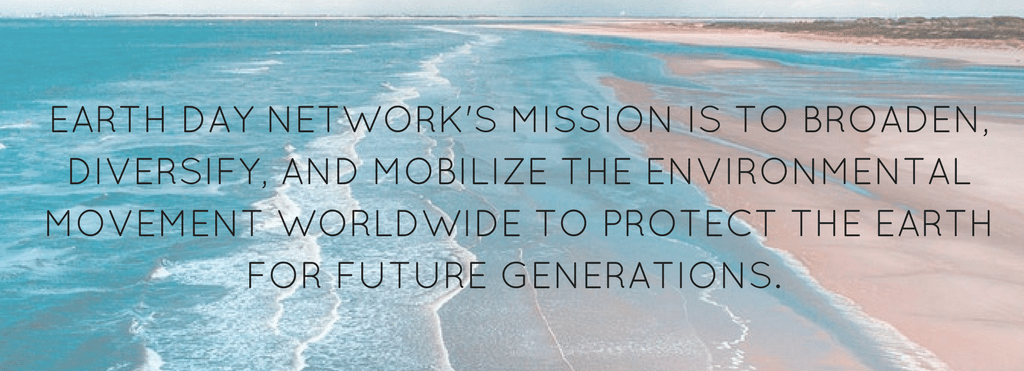
The most important thing to consider is the extended life cycle of an item. That figure of 45.9 tons of carbon isn’t just based on emissions within the square-footage of a property; it takes into account every aspect of resource extraction, production, transportation and more. In our globalised world, it’s hard to keep track of every process by every subcontractor. But invariably each step throws more greenhouse gas into the mixing pot.
All of this only goes to reinforce our stance on the importance of durability. It’s the one constant in a world of variables; the more use you can get out of an item, the lower your carbon impact will be. It applies across the board, but this Earth Day there are a few areas that stick out particularly.
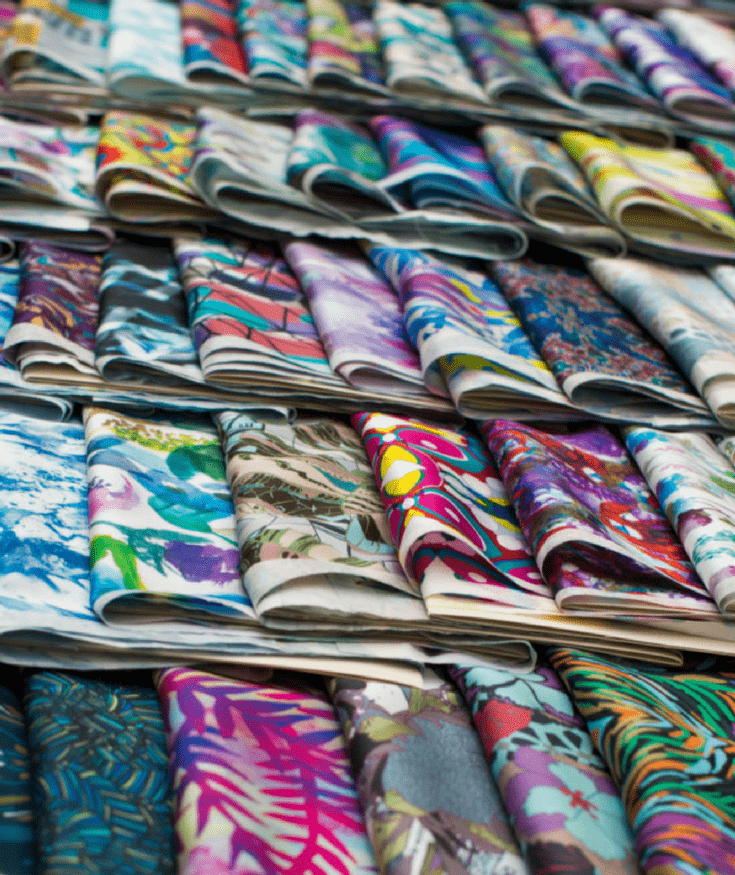
TEXTILES
The fashion industry is the second most polluting industry globally – only after fossil fuel-based energy production. Keeping track of the life-cycle of any product purchased from a major high street shop can be nigh on impossible – they tend to keep their supply chains conveniently vague. With child labour and disgraceful working conditions abounding in the South Asian textile industry, there’s still profit in keeping a quiet distance and reaping the benefits of cheap materials.
We try and make sure the companies that we host on our site have more control of their supply chains and know where each component of their clothing is sourced from. The ethical and environmental importance is paramount, but it’s also true that supply chain control tends to go hand in hand with quality control. It’s a win-win.
Synthetic materials like polyester are derived from crude oil, of which the environmental concerns are clear. But even natural products like cotton can be environmentally devastating (see our World Water Day article for more info.) In this context, buying with durability in mind is the only way to ensure that your impact is lessened. Shelling out a little extra for a higher quality of workmanship, stitching and materials can be a tough ask, but if you can afford the money up front, you’ll end up with better value for yourself and for the planet.
Tom Cridland’s designs make it particularly easy to highlight the benefits of durable shopping. Built to last thirty years, his t-shirts are a model of how the fashion industry ought to work. Honesty, ethics and pride in design. It’s difficult to get a figure for an average t-shirt lifespan, but the American National Standard’s Fair Claims Guide indicates that a two-year life expectancy is fair under normal use. A durable shirt like Cridland’s multiples that by 15. With each t-shirt guaranteed to last thirty years and designed to even surpass that target, the £35 price begins to seem like a bargain. The value for the planet is even better because the carbon cost drops with every wear.
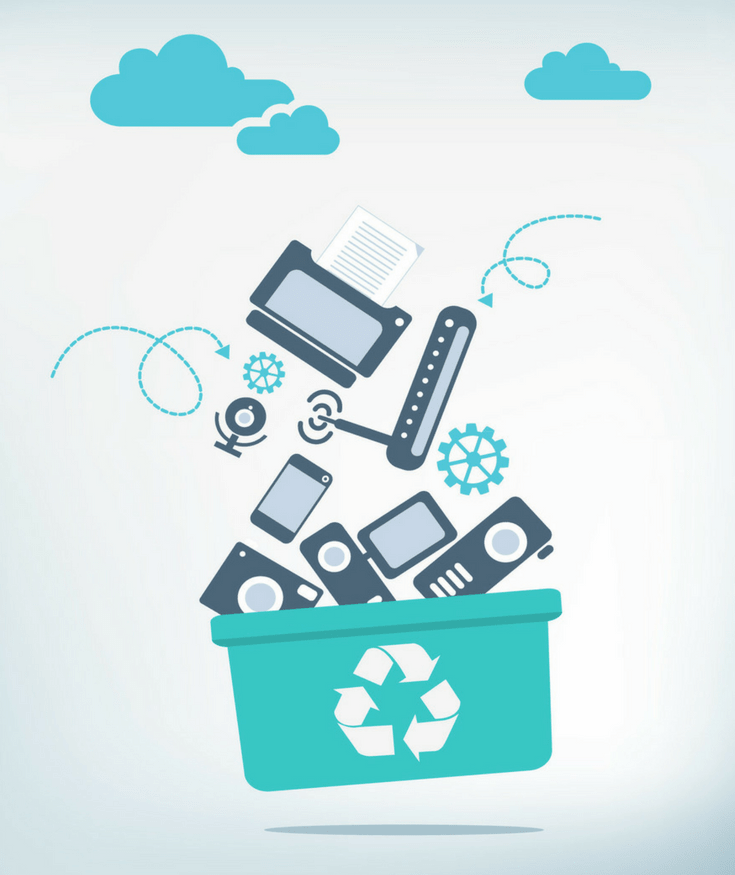
E-WASTE
TVs, computers, printers, scanners, mice, keyboards, and cell phones… any sort of electronic device will often have a pretty short lifespan. Built to break, and built to be replaced by the next shiny new gadget, the industry never prepared for the onslaught of waste the tech boom has created.
E-waste currently accounts for 2% of America’s trash in landfills, but 70% of overall toxic waste. The intricate designs, rare earth elements, high capacity batteries and circuitry are a disaster zone when it comes to disposal.
Over the last few months, we’ve been building our all-new electronics and appliances section behind the scenes – and it’s been tough. For front-line portable devices, the options in durability are scarce. The one outstanding company in the field remains Fairphone, building phones with responsibly sourced materials and using a modular design. It’s our opinion that modular has to be the future of electronics more generally; by separating devices into easily separable components, recycling, reuse and fixing will be more simple.
We’re looking forward to revealing our choices for the most durable electronics and appliances in the coming weeks. None are perfect, but we believe they are the best out there. The electricals industry has a desperate need to improve on fixing and recycling. They go hand-in-hand and are nigh-on impossible too much of the time. It’s always worth us giving a shout out to iFixit – the company that helps customers get inside of otherwise impenetrable products, and go about fixing them. Because I just do not need a new phone every year.

LEATHER
Leather is a quandary for environmentally-minded, durability seeking consumers. Taken as a whole, it’s one of the primary contributors to the worst excesses of the fast fashion industry. The major impacts come from the intensive tanning process required to transform an animal hide into a durable fabric. For each ton of leather produced, up to 80,000 L of wastewater is produced, containing leftover chromium and other hazardous compounds. Chromium is highly toxic when inhaled and is associated with multiple cancers and other respiratory conditions, so it’s vital that this runoff water is properly treated and contained. Sadly some of the major areas of leather production, including China, India and Bangladesh, are countries lacking strong environmental protection standards.
And that’s before even considering that leather is the hide of a dead animal – a lucrative co-product of the cattle industry that contributes so demonstrably towards global warming.
But the other side to the story retains value. Leather has long been considered as the ideal material for making shoes and bags. For the last 100 years, certainly, and likely for the last 10,000 years too. It’s not just tradition or habit that gives leather this reputation. As a fabric, it is unerringly versatile, durable and attractive. “Leather is the ultimate material for shoes – it is long lasting and will flex to fit the shape of your foot,” as our July feature “The Only Shoes You’ll Ever Need to Buy” explained. “It’s normally easy to tell by the feel – a good quality leather will just melt at your touch.”
You need to make your own judgement on buying leather, but buying the right stuff can work out environmentally in the long run. According to Stella McCartney, low-impact leather may still have an environmental hit four times that of polyester. But high quality leather has an uncanny property of improving with age; with a bit of care, a piece of full-grain leather can survive generations. Some synthetic products can have exceptional lifespans, but the appearance tends to fade.

Taking into account product lifespan has to be an essential part of our shopping going forward. I realise that it’s dreadfully convenient for BuyMeOnce to come to that conclusion, but it’s hard to argue with facts. Uncontrolled consumption is only leading us in one destructive direction, and nothing in industry talks louder than money. With a concerted effort to support the companies that take pride in craftsmanship, we can affect change in our own small ways.
EARTH DAY – TAKE ACTION

